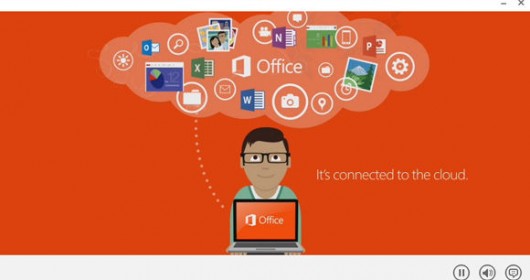5 Ways Technology Can Teach Us About the Ocean

The ocean is a vast and mysterious place. It covers over 70% of the Earth’s surface, but until recently, we knew very little about what was down there. That is changing thanks to recent technological advances like satellite imaging. This new technology gives us a much better understanding of the ocean’s size, shape, and currents. Here are five ways technology can teach us more about the ocean.
1. Trap to Control Invasive Fish
By fixing foreign fish species on small metal rings scattered into the ocean, researchers can track various types and their movements. When they find an invasive fish like the Zebra shark or the Giant Trevally, they can use this information to predict where it will likely concentrate. It’s a tool that allows researchers to estimate how quickly invasive species could spread and could also lead to better tracking methods for other types of threats.
2. Camera to Monitor Whale Migration
Cameras have a wide range of views and can record hours of video. Researchers have already used camera systems to track the migration of the humpback whale through the North Atlantic Ocean, and it is hoped that this will allow them to understand whale migration better.
Subsea cameras are purposely built to withstand severe marine environments and extend the time they can be submerged, allowing them to stay in the water for weeks or months and collect live footage of marine life.
3. Probiotic for Healthy Oysters
To help oysters grow, researchers are feeding them with probiotic bacteria. These oyster larvae were treated with three types of bacteria to build up their immune systems and develop stronger shells. The result was similar to naturally occurring probiotics in other ocean creatures, which means they didn’t affect the animals’ behavior or health negatively. Since the treatment is in a lab, researchers can also use the results to see how it will work on other creatures.
Researchers are looking into whether probiotics in oysters can increase their disease resistance and help them fight off infections. The goal is to create oysters that can better withstand pollution and other threats that come from the ocean.
4. Fluorescent Flashlights to Study Coral
The special flashlights that these researchers use contain photosensitive molecules. When exposed to specific wavelengths of light, they glow in a bright green color. These flashlights allow researchers to easily distinguish between different types of corals and identify which ones are healthy and which ones aren’t. These flashlights help researchers see what’s happening inside the coral colonies up close. This allows them to study their movements and understand how they contribute to the ocean’s health.
Researchers have been using fluorescent lights to illuminate areas where coral reefs grow. Researchers have seen the animals and their behaviors in the fog that breaks off when light hits the water. The lights give researchers a closer look at coral reefs than if they were to use conventional lighting.
5. Satellite Observation of Ocean Plastics
Researchers who have been studying a layer of plastic debris 1,000 feet below the surface of the South Pacific Ocean have been using satellite data to assist them. The data shows that this plastic debris doesn’t stay within one spot but moves around in swirling eddies and currents. This information will help them to understand more about the patterns that cause this pollution to spread.
The ocean is such a large and mysterious place, but we are learning more about it with recent technological developments than ever before. One of the problems with studying this issue is that there are so many different types of plastics. Since they are made from various materials, it can be hard to identify which is causing problems for marine animals.
Technology is undoubtedly revolutionizing the way that we learn about the ocean. From learning more about how they move to discovering more about the types of fish that inhabit them, these discoveries will help us ensure that they remain healthy and safe for years. It has its advantages, and one of them is that it can help us learn a lot more about the environment that we live in.
Subscribe & Get E-Mail Updates Delivered
Our informative Design related articles featuring the latest Resources for Web Designers & the Web get delivered via email dialy. Thousands of readers have signed up already. Why don't you subscribe as well, and get articles delivered to your inbox?






Leave a Reply